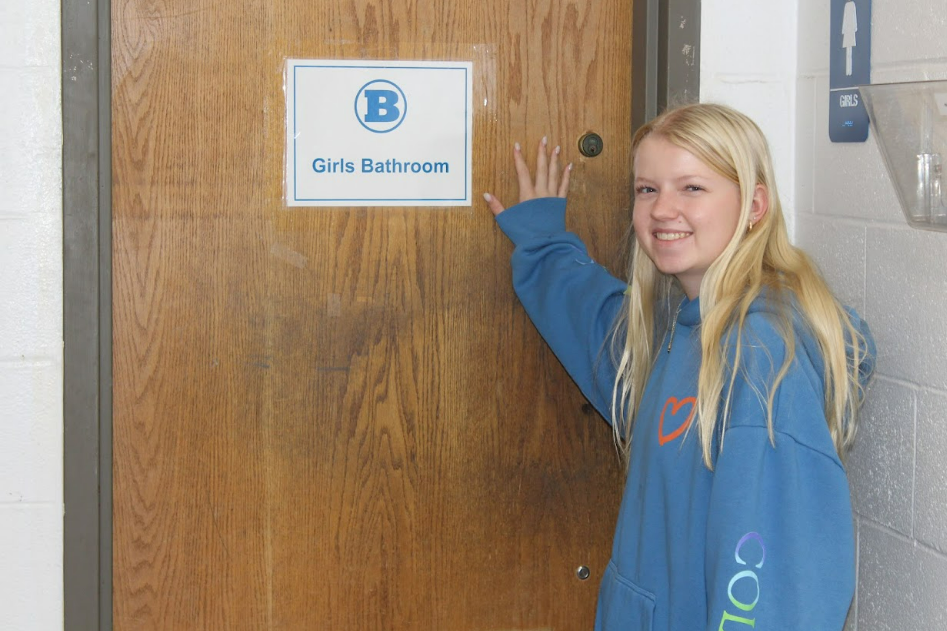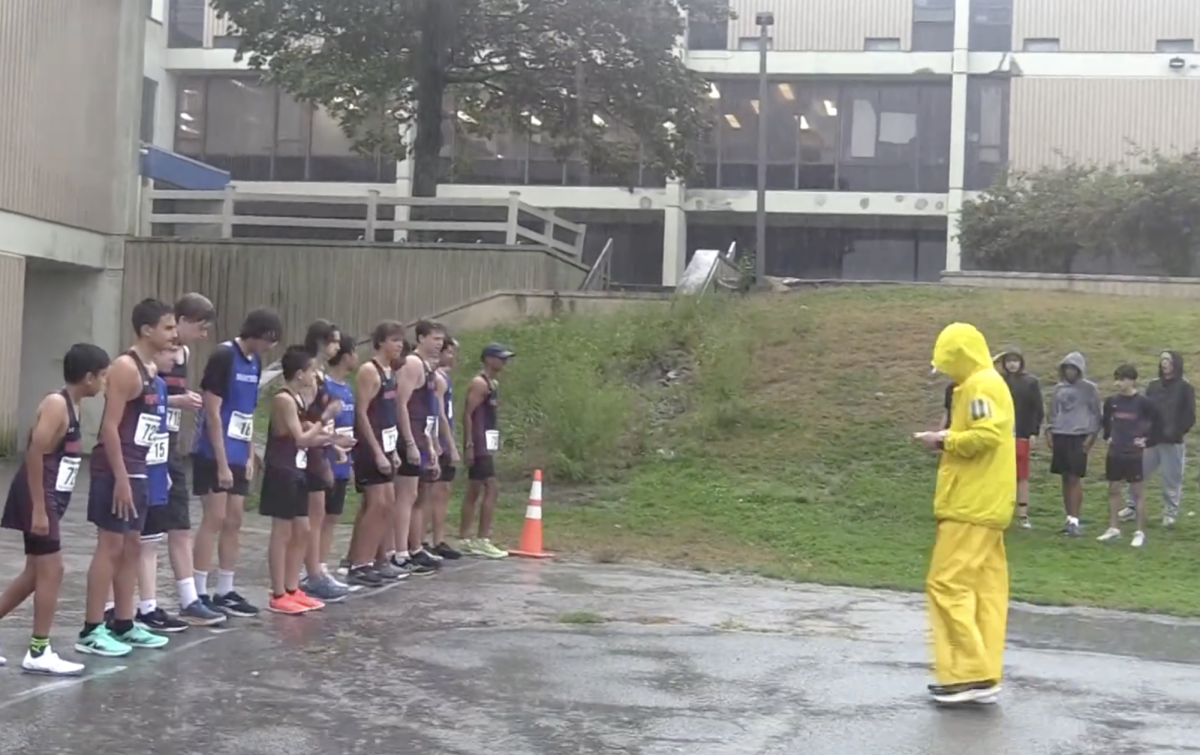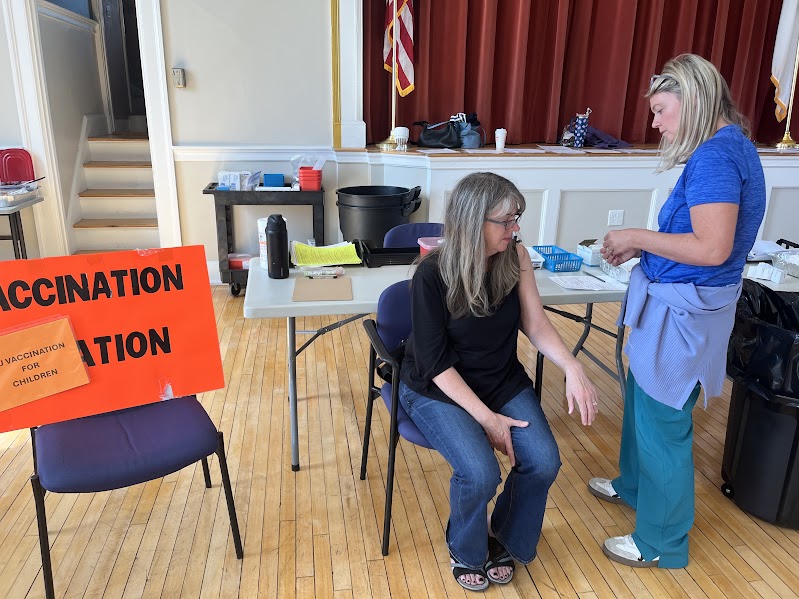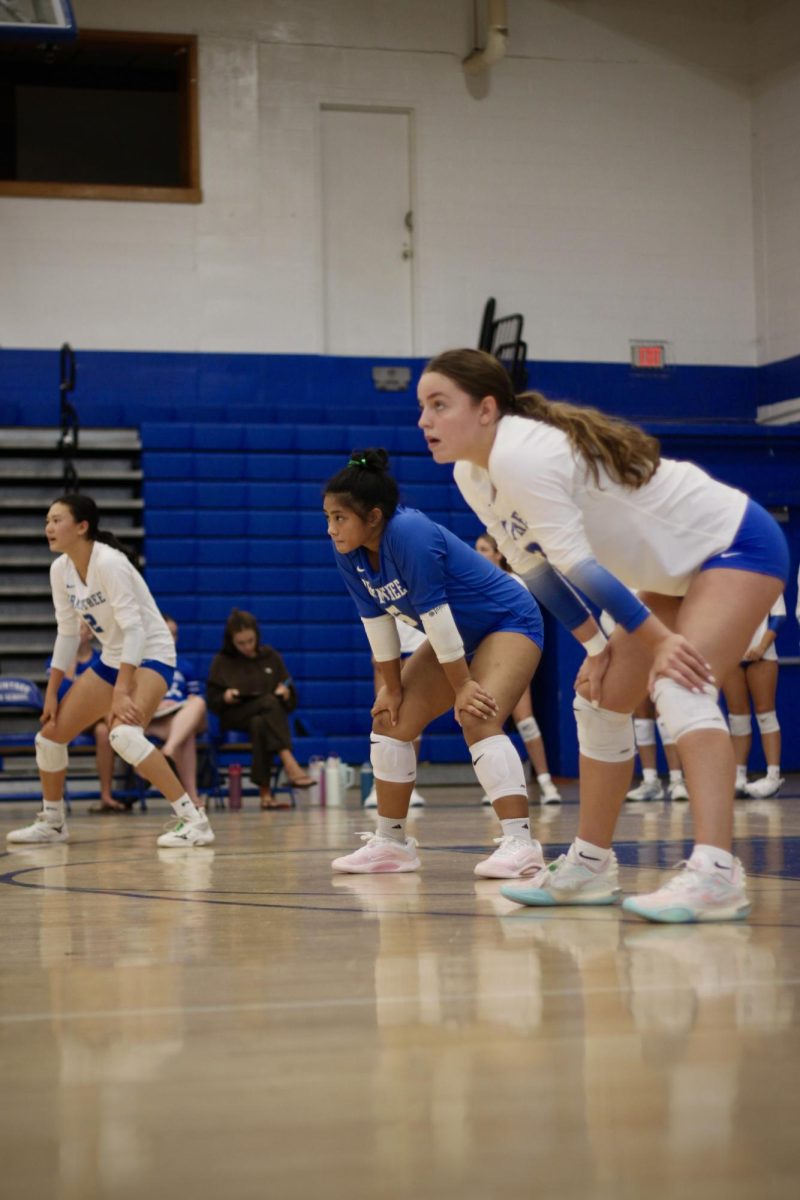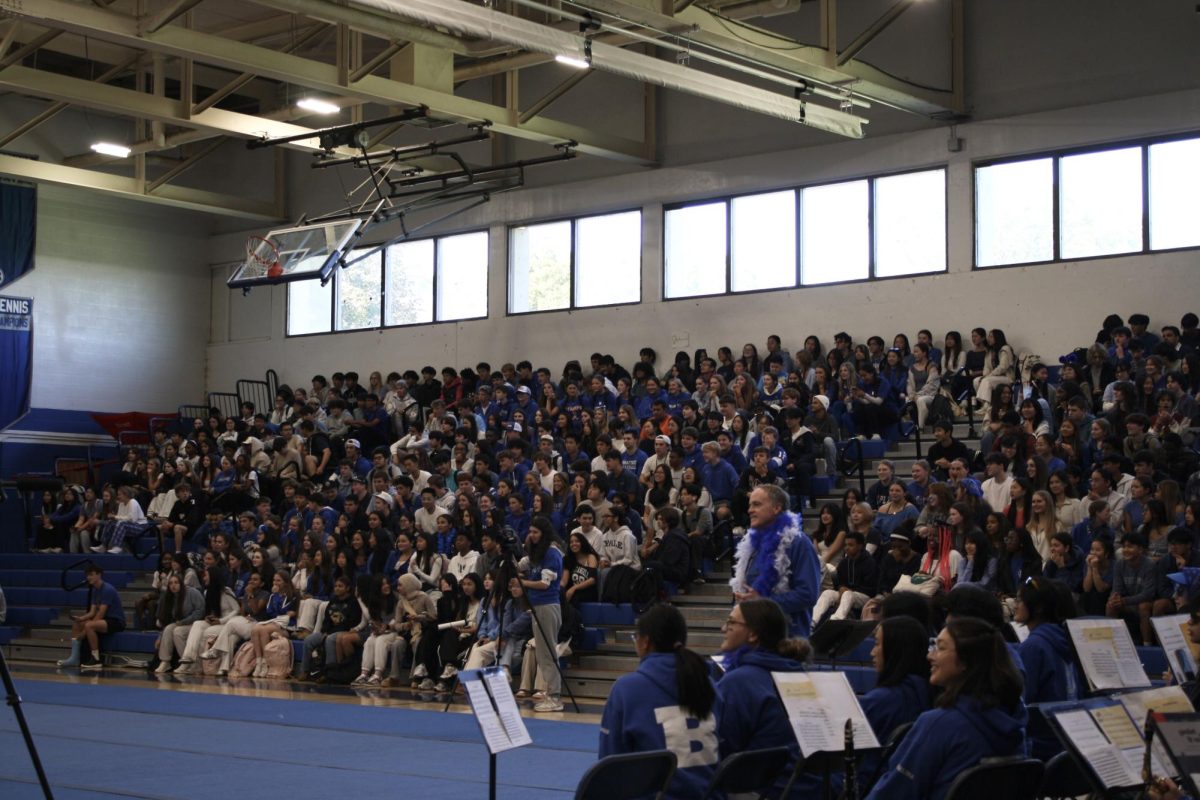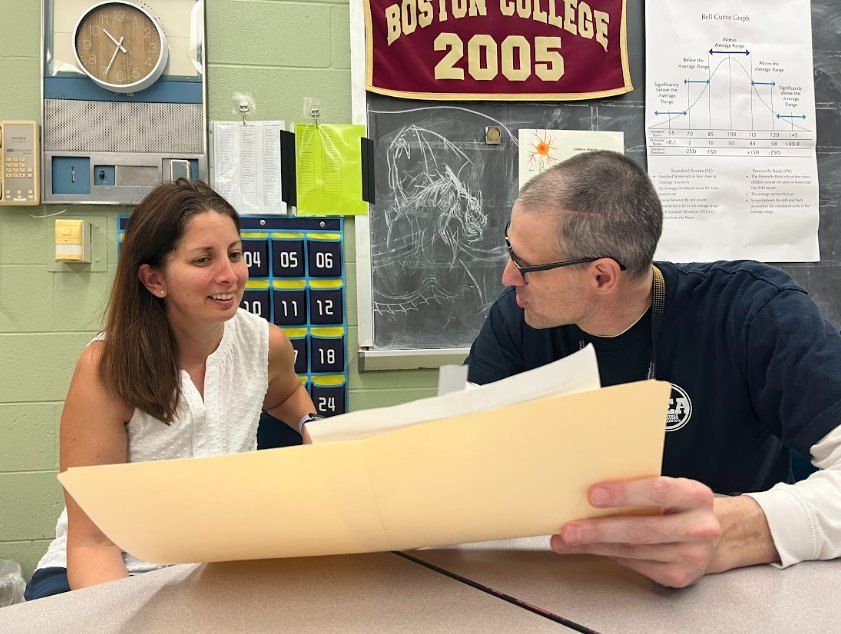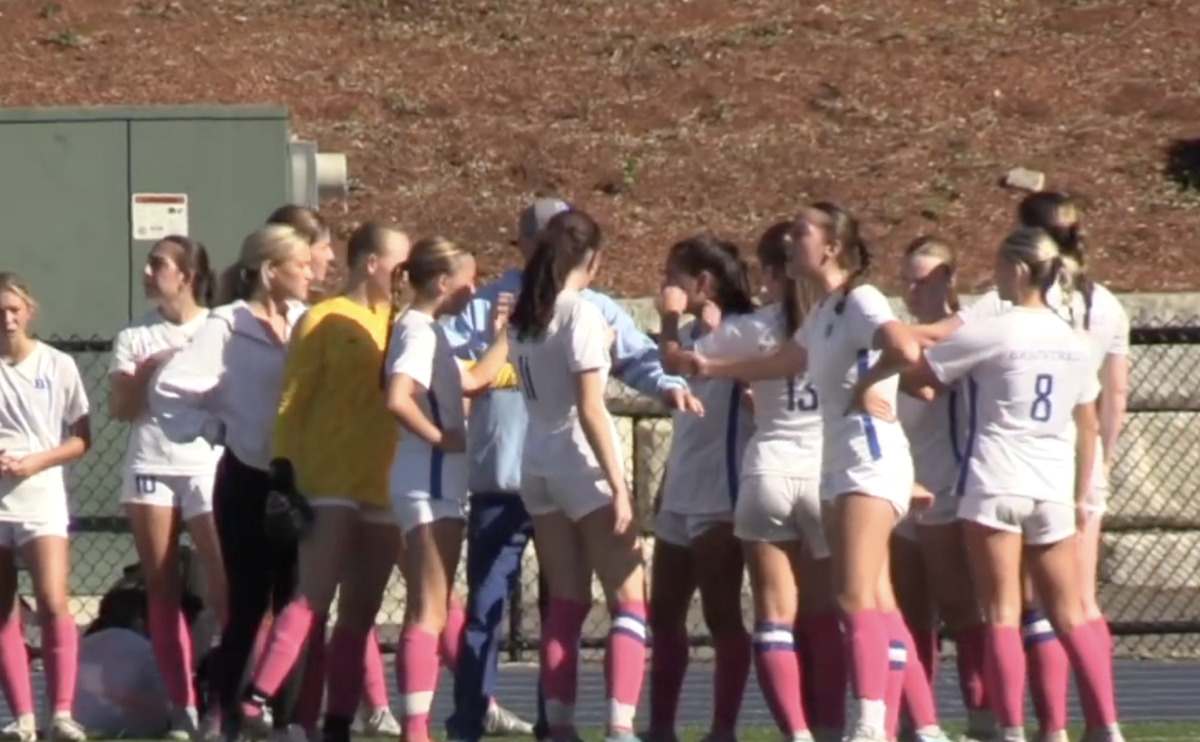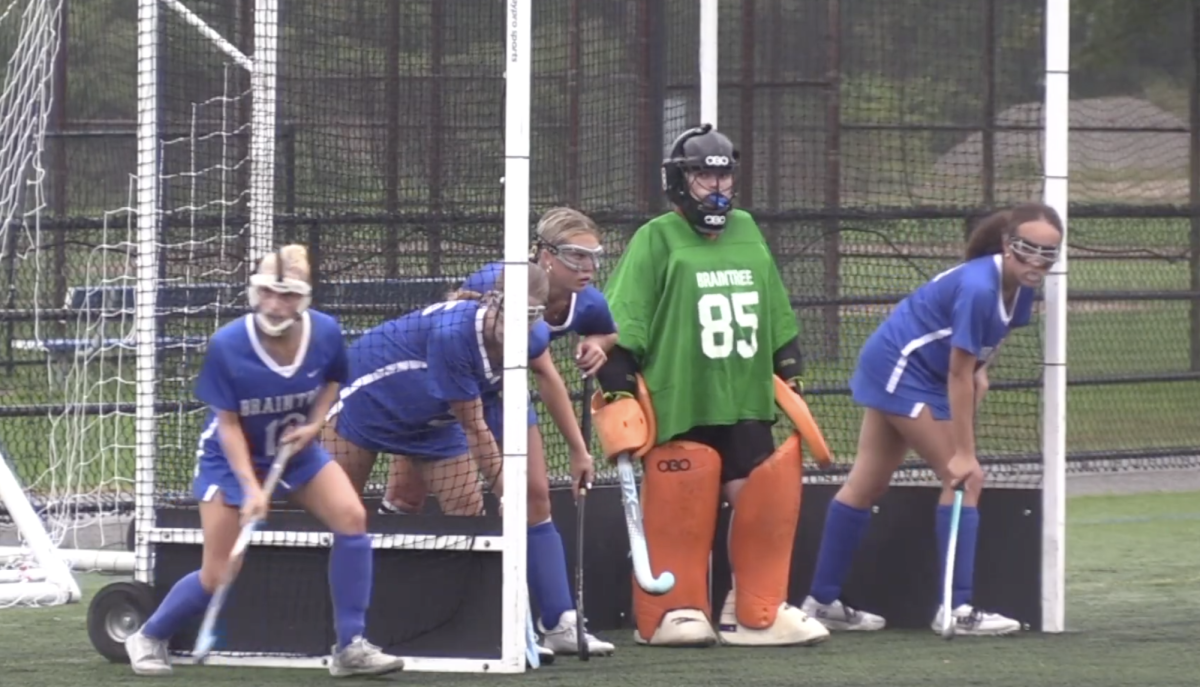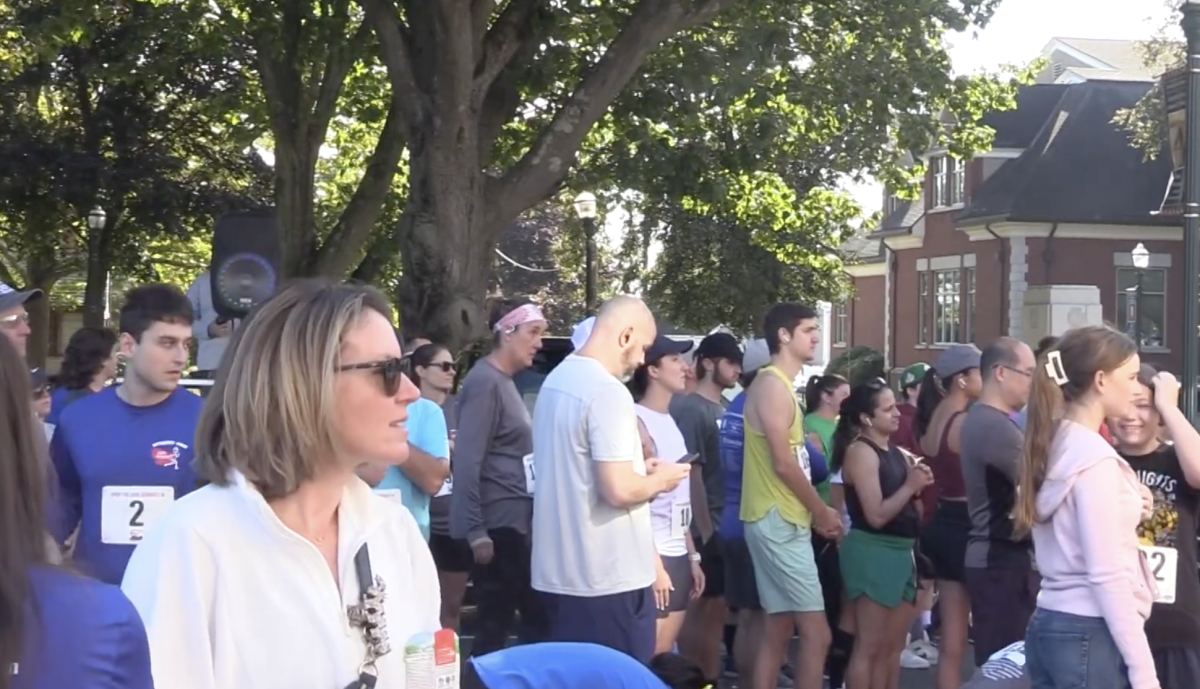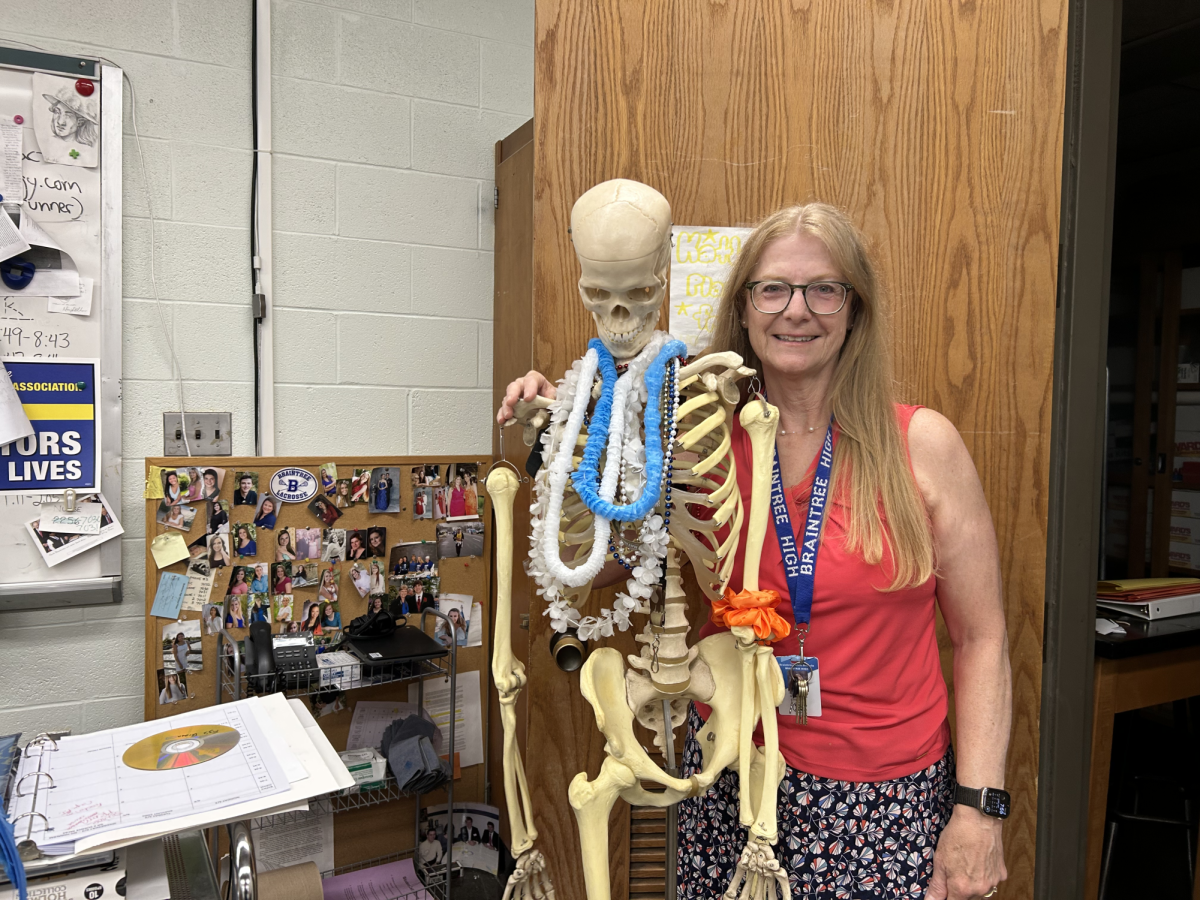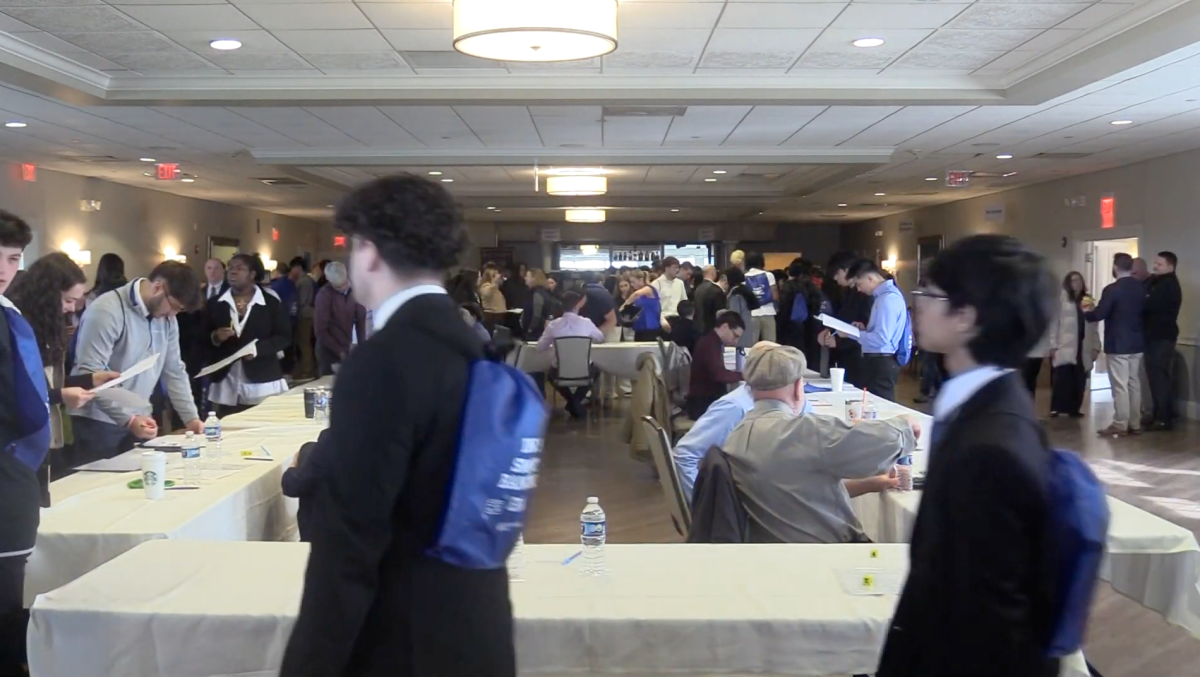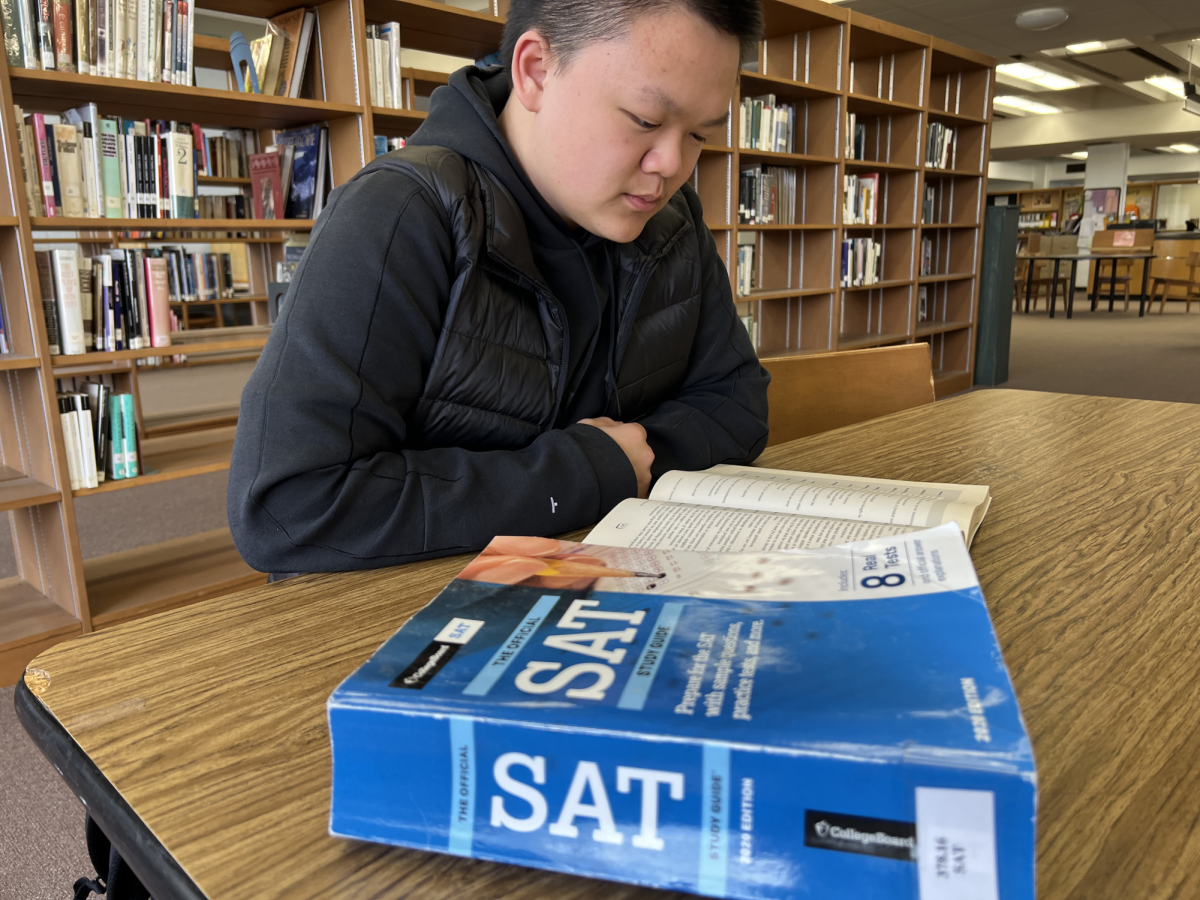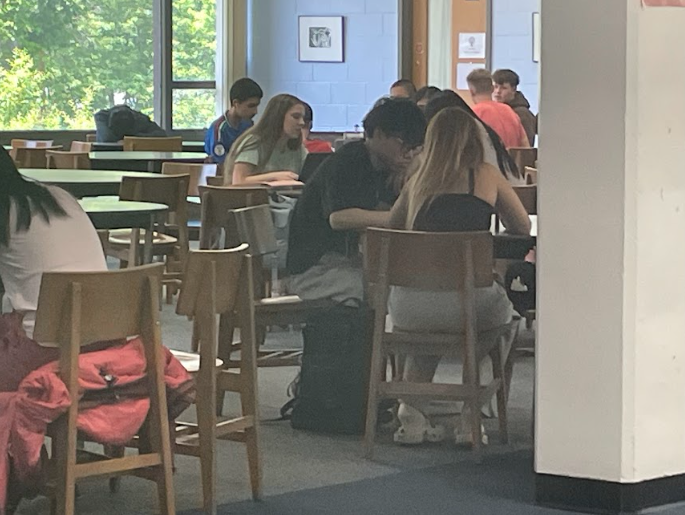In the fall, changes to AP class size were felt by both teachers and students. Budget cuts at BHS resulted in the loss of a BHS classroom teacher from each department, meaning major changes to the number of sections each teacher taught. No one could be sure of the effect that these heightened class sizes would have on student performances. Now that the end of the year is here, some teachers have noticed some major differences.
“It created a situation in the classroom where the dynamic was completely different,” Ms. Lisa Murphy, AP Language and Composition teacher describes. Ms. Murphy’s class experienced a size increase due to budget cuts this year. Murphy describes going from 77 kids divided among 4 sections to 60 students divided among 2.
“When we lost funding and we lost teachers the remedy was to pack as many students into the AP Classes as possible,” she continues, “It created an additional course load of students for me. I had 24 more students than I should have had.”
The district implemented waiting lists for AP classes such as English Language and Composition in response. Junior Morgan Collins experienced being denied access to the class despite being qualified based on her previous performance in English courses at BHS.
“It was really disappointing because I got waitlisted for a class that I was super interested in. And in the end, other students that wanted to take the class just to take the class ended up getting it over people that were more interested than them,” Morgan explains.
Despite this, class sizes continued to increase. The tough curriculum taught in APs means that each student depends greatly on guidance from the teacher. This guidance can be impeded by increased size especially for AP science classes with lab periods, like chemistry.
“Especially in AP science, it becomes more difficult to run labs when you have a class of 26 to 30 kids. It’s no longer safe,” tells AP Chemistry teacher, Mr. Wood.
Compared to Ms. Murphy’s AP Language class, Mr. Wood had a more mild experience with class size, increasing by only 1 to 4 more students per class section. He was unsure if there would be any observable trends in exam scores due to this.
“You can’t just take one year over last year and determine if scores are lower or higher. But it is worth looking into: seeing if there is a trend in decreasing scores as AP Class sizes get larger,” he elaborated.
One thing that both teachers agreed on was that the problem was, in part, magnified by the BPS district’s desire for every student to take APs.
“Braintree has definitely gone with the mode of: ‘Let’s try and encourage as many people to take it’,” explains Murphy.
AP science teachers like Mr Wood agree. “They’re promoting and want more students to take AP classes, yet they’re not funding the ability to have enough sections of those classes to make them efficient.”


